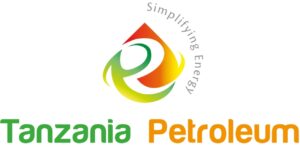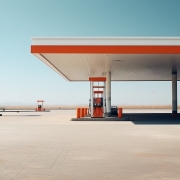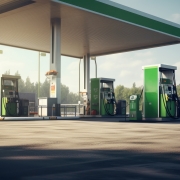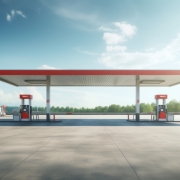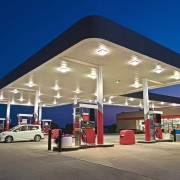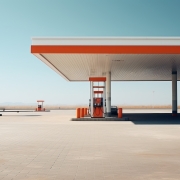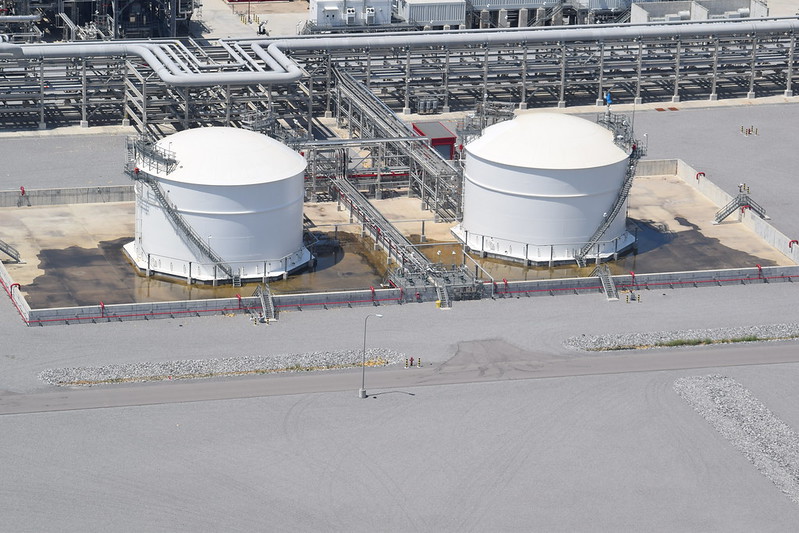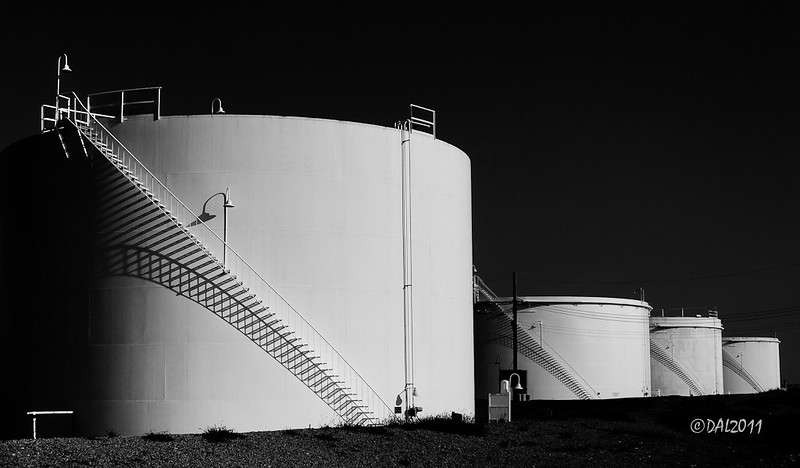If you’ve identified a location with high profit potential to expand and grow your petrol station business, the financial rewards could be substantial.
By carefully analyzing the key factors that contribute to a station’s profitability, you can make strategic decisions that drive your bottom line and set your business up for long-term success.
The crucial first step is to gather comprehensive data on the prospective location. This includes examining the volume and types of vehicles passing through the area, forecasting potential sales figures, scrutinizing operational expenses, and studying the competitive landscape.
With this information in hand, you can then conduct a thorough financial analysis to determine crucial metrics like cash flow, working capital requirements, and the total investment needed for construction.
Armed with these insights, you can confidently project the expected sales of fuel per month and calculate the anticipated return on investment (ROI).
This analysis will provide a clear picture of the location’s profitability potential and reveal the timeline for recovering your initial investment.
By prioritizing areas that promise optimal profitability while considering the construction costs and timeline, you can make informed decisions that minimize risks and maximize the growth of your petrol station business.
Remember, the success of a petrol station is inextricably linked to its location. Through diligent planning, data-driven analysis, and a strategic approach to expansion, you can ensure the long-term sustainability and profitability of your growing petrol station empire.
The Importance of Profitability in Petrol Station Expansion.
The success of any business venture, including petrol stations, hinges on profitability.
Without profit, sustaining a business becomes challenging, making it crucial for both entrepreneurs and investors. Therefore, before expanding and growing a petrol station business, it is essential to thoroughly evaluate potential locations to ensure high profit potential.
Why Location Matters for Petrol Station Profitability.
The profitability of a petrol station is intrinsically linked to its location. Choosing the right location can lead to remarkable success, while an unproven location can result in setbacks and minimal returns.
Given the substantial capital investment required for constructing a petrol station, meticulous planning and analysis are paramount to safeguarding your capital, time, and effort.
By carefully evaluating factors such as vehicle traffic, potential sales volumes, operational expenses, competitor analysis, accessibility, visibility, and future developments in the region, you can identify locations with high profit potential and make informed decisions that minimize risks and maximize profitability.
Key Considerations for Assessing Location.
Gathering comprehensive data and financial forecasts is crucial when evaluating a prospective location for a petrol station. Factors to consider include vehicle traffic patterns, potential sales volumes, operational expenses, competitor analysis, accessibility, visibility, and anticipated future developments in the area. By gathering this holistic set of information, entrepreneurs and investors can gain valuable insights into the profitability and viability of the chosen location.
The financial analysis phase is equally important, as it allows for the calculation of critical metrics such as cash flow, working capital requirements, and the total investment needed for constructing the petrol station.
Combining the gathered data with financial projections enables an accurate assessment of the location’s sales potential and the expected return on investment (ROI). This information is vital in determining whether the location holds sufficient promise to justify the substantial capital investment required.
Ultimately, selecting the optimal location for a petrol station is a multifaceted process that demands thorough research, data-driven analysis, and a keen understanding of the local market dynamics. By prioritizing areas with high profit potential while carefully considering the investment and timeline required, entrepreneurs and investors can position their petrol station businesses for long-term success and sustainable growth.
Financial Analysis for Petrol Station Expansion.
Determining the financial viability of a prospective petrol station location is a critical step in the decision-making process.
By thoroughly analyzing the cash flow, working capital requirements, and total investment needed, entrepreneurs can gain a clear understanding of the location’s profit potential and the resources required to establish a successful operation.
First, it is essential to gather comprehensive data on the target area, including vehicle traffic patterns, potential sales volumes, and operational expenses. This information will form the foundation for detailed financial forecasts and projections.
Analyzing the competitive landscape and factoring in the strengths, weaknesses, and pricing strategies of nearby petrol stations can also provide valuable insights into the market dynamics.
With the collected data, the next step is to conduct a rigorous financial analysis. This involves calculating the expected cash flow, estimating the working capital needed to sustain daily operations, and determining the total investment required for constructing the petrol station. By carefully evaluating these financial metrics, entrepreneurs can assess the location’s viability and make an informed decision on whether to proceed with the expansion plan.
Ultimately, the financial analysis serves as a crucial tool in identifying high-profit-potential locations for growing the petrol station business. By mitigating risks and ensuring the long-term profitability of the venture, entrepreneurs can make strategic decisions that maximize their return on investment and drive the sustained success of their enterprise.
Sales Projections and ROI
Based on the comprehensive data gathered about the prospective location, it’s crucial to develop accurate sales projections for fuel sales per month. This will involve analyzing factors such as the volume and types of vehicles passing through the area, potential customer demand, and any seasonal fluctuations. By carefully forecasting these sales figures, you can gain a clear understanding of the expected revenue streams.
Next, it’s important to calculate the projected return on investment (ROI) for the petrol station project. This financial analysis will take into account the total investment required for construction, as well as the ongoing operational expenses.
By comparing the expected revenue to the costs, you can determine the timeline for recovering the initial investment and begin to assess the long-term profitability of the location. Carefully evaluating the ROI will help ensure that the chosen site offers the best possible return on your capital and resources.
Selecting the Right Location for Your Petrol Station
When selecting a location for your petrol station, it is crucial to prioritize areas with optimal profitability potential. This means carefully analyzing factors such as the volume and types of vehicles passing through the area, the expected sales volumes, operational expenses, and the competitive landscape. It is also essential to balance the investment required for construction with the timeline for recovering the initial investment.
By gathering comprehensive data, conducting thorough financial analyses, and projecting sales and return on investment (ROI), entrepreneurs and investors can make informed decisions that minimize risks and maximize the long-term profitability of their petrol station business.
Gathering Information for Profitable Petrol Station Expansion
Collecting comprehensive data on the volume and types of vehicles passing through the prospective location is a crucial first step in evaluating the viability of a new petrol station.
Analyzing this information, along with potential sales volumes, operational expenses, and competitor strategies, will provide valuable insights to guide the decision-making process.
Additionally, assessing the accessibility, visibility, and potential future developments in the area can shed light on the long-term growth opportunities and risks associated with the location. By gathering and carefully analyzing this multifaceted data, entrepreneurs and investors can make informed decisions that maximize the profitability of their petrol station expansion efforts.
Conducting Financial Analysis for Petrol Station Expansion
Determining crucial metrics such as cash flow and working capital requirements is crucial in evaluating the viability of a potential petrol station location. By closely analyzing the financial data, entrepreneurs can gain valuable insights into the total investment needed for constructing the new facility.
Evaluating the capital expenditure required for building the petrol station is a critical step in the decision-making process.
This involves carefully estimating the costs associated with land acquisition, infrastructure development, equipment procurement, and any necessary regulatory compliance. Accurately forecasting these financial obligations will help ensure that the proposed project aligns with the available resources and investment capacity.
Furthermore, assessing the working capital needs is essential to understand the day-to-day operational requirements.
Factors such as inventory management, payroll, and ongoing maintenance expenses must be factored in to ensure sufficient liquidity and cash flow to sustain the business. By meticulously analyzing these financial metrics, entrepreneurs can develop a comprehensive understanding of the financial implications and make informed decisions about the feasibility of expanding their petrol station operations.
The Key to Maximizing Profitability: Choosing the Right Petrol Station Location
The success of a petrol station ultimately boils down to its location. By carefully selecting an area with high profit potential, entrepreneurs and investors can position their business for long-term sustainability and growth.
Thorough planning and evaluation are essential to minimizing risks and ensuring a strong return on investment.
When evaluating a prospective location, it’s crucial to gather comprehensive data to assess factors such as the volume and types of vehicles passing through, potential sales figures, operational expenses, competitor analysis, accessibility, visibility, and future developments in the region.
This information serves as the foundation for a rigorous financial analysis, allowing you to forecast cash flow, working capital requirements, and the total investment needed for construction.
Armed with this data, you can then project expected fuel sales per month and calculate the return on investment. This provides invaluable insights into the profitability of the location, as well as the timeline for recovering the initial investment and achieving debt-free operation.
Ultimately, the key to maximizing profitability lies in selecting the right location for your petrol station. By prioritizing areas with the highest profit potential and conducting meticulous planning and analysis, you can ensure that your business venture is set up for long-term success and growth.
